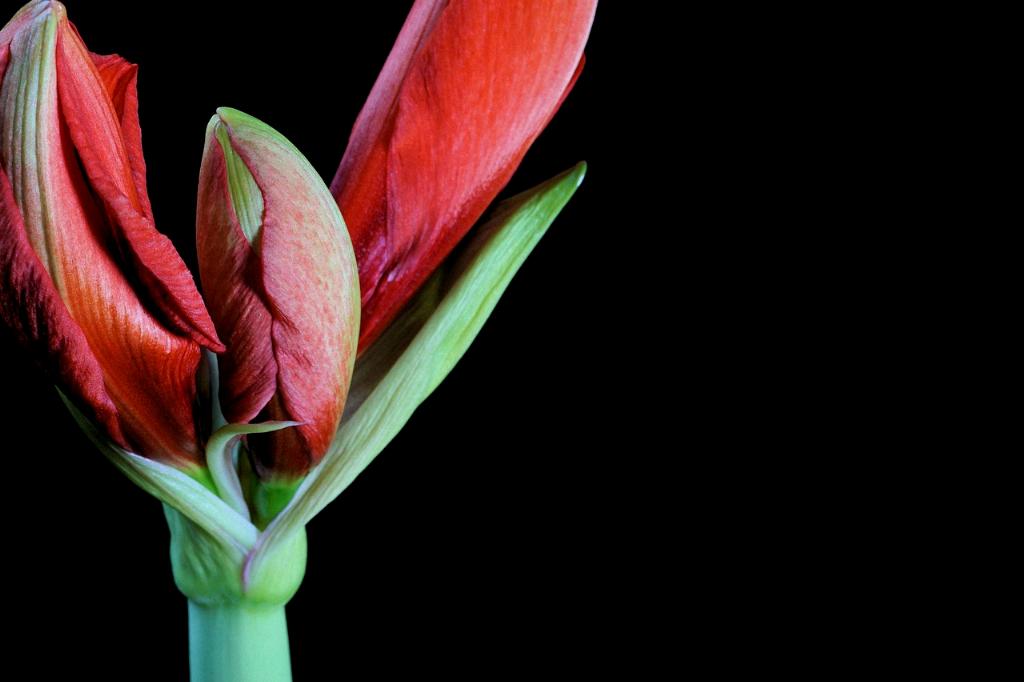So, your stunning amaryllis has finished blooming, and now you’re wondering what steps to take next to ensure it thrives? Well, fret not – I’ve got you covered with some handy tips to keep your amaryllis happy and healthy post-bloom!
1. Find the Perfect Location
As your amaryllis transitions out of its blooming phase, it’s essential to position it in a well-lit spot indoors. Opt for a bright location with southern exposure, as this will provide the ideal lighting conditions for the plant to continue to grow and thrive.
2. Keep Up with Watering
Consistent watering is crucial for the post-bloom care of your amaryllis. Ensure that the soil remains slightly moist but not waterlogged. Remember, overwatering can be just as harmful as under-watering, so finding that perfect balance is key.
3. Monthly Fertilization
Support the growth and vitality of your amaryllis by incorporating monthly fertilization into your post-bloom care routine. Choose an all-purpose houseplant or indoor plant fertilizer and follow the instructions on the label for the best results.
4. Pruning Faded Flowers
After your amaryllis has finished blooming, it’s a good idea to trim off the faded flowers. This not only improves the appearance of the plant but also directs its energy towards new growth and development.
5. Remove Yellowing Leaves
If you notice any yellowing or withering leaves on your amaryllis post-bloom, don’t hesitate to remove them. This helps maintain the plant’s overall health and prevents potential issues such as disease spread.
6. Consider a Period of Dormancy
Some amaryllis enthusiasts choose to give their plants a period of dormancy after blooming. This involves withholding water and allowing the foliage to die back naturally. While not mandatory, it can help rejuvenate the plant for future growth cycles.
7. Repotting (Optional)
If your amaryllis has outgrown its current container or if you notice signs of overcrowding, you may consider repotting it post-bloom. Choose a slightly larger pot with well-draining soil to accommodate the plant’s roots comfortably.
8. Pests and Diseases Check
Regularly inspect your amaryllis for any signs of pests or diseases, especially after it has finished blooming. Common issues to watch out for include spider mites, aphids, and fungal infections. Promptly address any problems to prevent them from spreading.
9. Supportive Staking
If your amaryllis has grown tall and appears top-heavy post-bloom, consider providing additional support through staking. This helps prevent the plant from tipping over and supports the weight of the blooms and foliage.
10. Sunlight Exposure
While your amaryllis requires bright light for optimal growth, avoid exposing it to direct sunlight, especially during the hottest part of the day. Filtered or indirect sunlight is preferable to prevent leaf burn and dehydration.
11. Patience is Key
Remember that post-bloom care is a crucial phase in the life cycle of your amaryllis. Be patient and attentive to its needs, and you’ll be rewarded with beautiful blooms and continued growth in the seasons to come.
12. Enjoy the Journey
Lastly, savor the process of caring for your amaryllis post-bloom. Each step you take to nurture and support your plant contributes to its well-being and longevity. Embrace the journey and watch your amaryllis thrive under your thoughtful care!

